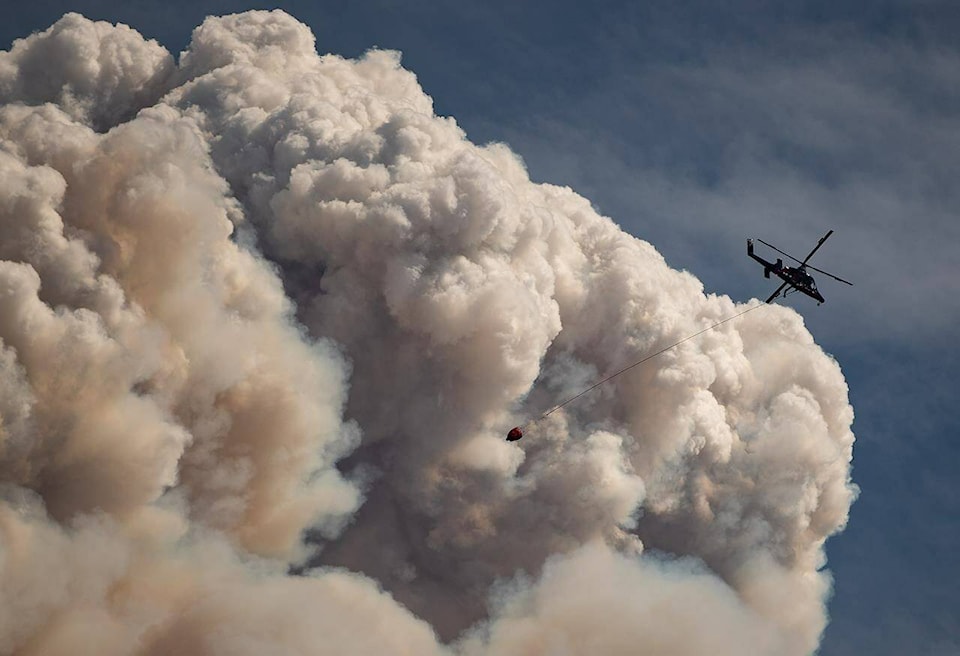The Spences Bridge community is preparing an emergency reception centre ahead of potential wildfires, floods and other disasters.
Steven Rice, director of Electoral Area I (Blue Sky Country), said the reception centre - at the Archie Klemes Community Hall - has already been stocked with 30 donated cots and bedding, along with a stash of non-perishable goods such as canned food and pasta.
The idea is to ensure the community has an emergency reception centre in the event of an evacuation or roads being closed or cut off in a disaster. The area around Spences Bridge faced double whammies last year, after being evacuated during the Lytton Creek wildfire, and then again in November when sections of Highway 8 were washed away by the Nicola River during catastrophic flooding.
“I’ve been through a few disasters,” Rice said. “We’re going to set up our own rural reception area. We’re just putting the bits and pieces together that are being donated. It’s common sense. It’s not if it’s going to happen, it’s what magnitude. You have to plan that there’s going to be fires and floods.”
Rice credited the idea for the reception centre to Cache Creek Mayor Santo Talarico, who provided the first cots as well as firewood and pellets for wood stoves. He said they will have more discussions on next steps.
Talarico said he made the suggestion following the closure of two highways into Spences Bridge last year.
“If something were to happen to that last remaining traffic outlet, they would be in real trouble,” Talarico said. “All they needed was a rockslide and they would be out of supplies. This, in a sense, was an exercise to make them stronger in the future.”
READ MORE: Ember the FireSmart Fox teaches kids about wildfire preparedness
Besides preparing the reception centre, Rice is also compiling a database of local resources - people as well as equipment such as inventory such as tractors, compressors and water pumps - that he plans to share with the BC Wildfire Service.
He also called on the BCWS to “think outside the box” this fire season. At a Thompson-Nicola Regional Board meeting last week, he said the firefighters on the ground did an “incredible job” last summer, but questioned why BCWS wasn’t willing to tap into local resources and equipment.
“We had people running tractors for 30 years building fire breaks and they were told to get off their tractors,” Rice said following a presentation by the BCWS.
Ashcroft Mayor Barbara Roden also questioned the BCWS’ claim that it has a 94 per cent success rate of containing wildfires by 10 a.m. the next day, noting the Tremont Creek fire started out at six hectares on July 12 and grew to 63,548 ha by the end of summer.
“I’ve heard a lot coming out about that fire and it’s certainly not an indication of building capacity and engagement with First Nations, small rural and isolated communities,” Roden said. “If we’ve learned much from the Abbott and Chapman report in 2017, 2018 why did we see so many issues in 2021? And why are we getting so few answers as to how these issues are going to be addressed going forward?”
Kaitlin Baskerville, of the Kamloops Fire Centre, acknowledged the Tremont Creek Fire was “one of the six per cent that got away from us” but said “given the conditions that we saw, that’s to be expected despite the destructiveness that it had on communities.”
kelly.sinoski@100milefreepress.net
Like us on Facebook and follow us on Twitter
